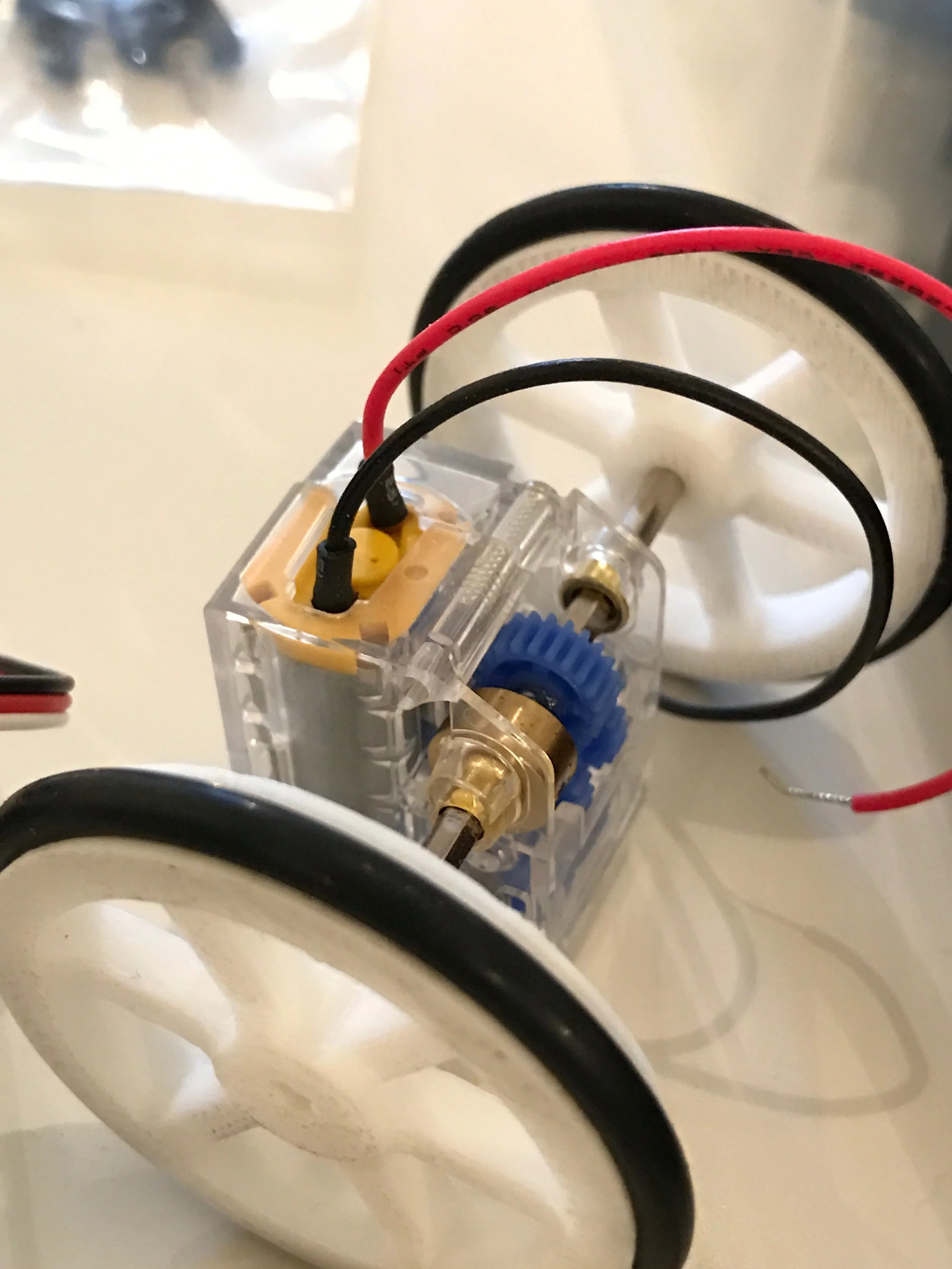Design:
- The latest wave of hardware products from Google shows an ambitious, multi-front battle against their toughest competitors. They unveiled a more polished VR headset to tangle with Facebook/HTC, a smart-home hub to take on Amazon's Echo, and fairly pricey smartphones to provide an alternative to Apple. Even new kid on the block Eero is finding themselves in the crosshairs of the search giant, with Google's own router system is included in their fresh buffet of consumer electronics. It seems unlikely that their strategy is to win market dominance across all of these products, instead they are creating many paths over a wide range of user needs to draw people into their product ecosystem. In these devices there is a design cohesion and a codified brand identity that previous offerings have lacked. In a few years, there may be a widely understood "Google Style" the way that Apple products are immediately recognizable and mimicked.
Automatons:
- Clearpath Robotics raises a $30 MM round to bring their machine platforms to warehouses. Their team is racking up steady successes and may be the most credible competitor to Kiva Systems (absorbed by Amazon back in 2012) and could help the not-Amazons of the world get closer to an even playing field when it comes to warehouse logistics & fulfillment automation.
- Google shut down one of their robotics projects, the latest of ambitious initiatives that are on uncertain paths to commercialization to end up on the chopping block. After seeing how ambitious their consumer, mass market focused tech offering are, it could be a signal of a pivoting away from solving the more industrial/commercial problems.
- Amazon announced a $ 2.5 MM prize for university research projects that tie into their voice-driven Alexa AI.
Just A Game:
- Now that the line between our digital selves and "real life" is all but erased, does it make sense to treat assessment of value and impacts of behaviors differently if they occur in one sphere or another? U.S. Gambling Commission is telling videogame developer Valve that the wagering of digital goods like custom appearances constitutes illegal, unregulated gambling and needs to stop. On the surface it seems a little absurd, but grappling with the value of the virtual is a theme for the 21st century. Whether it's who gets credit for content production (and clicks/streams that generate ad dollars) or companies boosting revenue by trading real dollars for virtual goods, more and more of our economy lives (at least part time) in these digital spaces. It's going to take some legal back and forth to figure out how much our non-tangible spaces should be subject to the same rules as our world of brick, mortar, and flesh.
Upgrading Ourselves:
- The story behind what kicked off the commercialization of artificial pancreas technologies. In past newsletters we've covered the popularity of the DIY versions patients have improvised for themselves, frustrated with the lack of an integrated solution from the market. It's an instance of innovation coming from grassroots, end user demand - something we hope becomes a pattern of sourcing concepts for more companies that have the means to execute on those ideas.
Bias and Brains:
- Some of the biggest tech executives in the U.S. only follow a handful of women on twitter.While some deny the significance of this, framing it as political correctness gone too far, it seems hard to say it doesn't have an impact. If the messages we hear don't shape our reality - why would those same tech companies spend huge sums on advertising and marketing? Now more than ever, we have access to a multitude of voices across almost every line and land imaginable. If nothing else, squandering the opportunity to better understand our world seems like an incredible waste.

